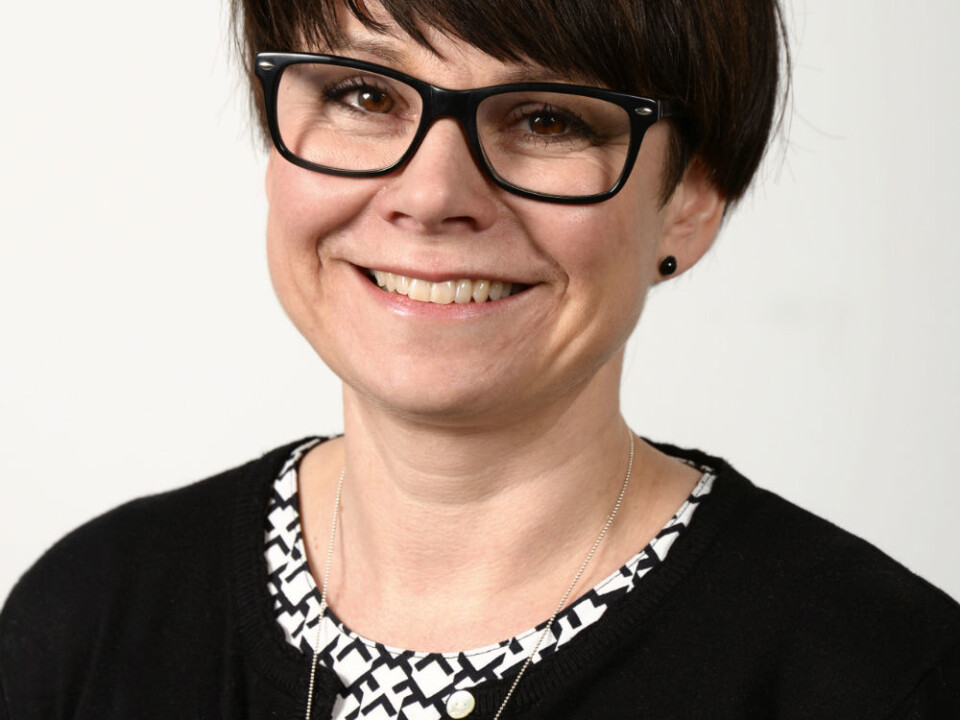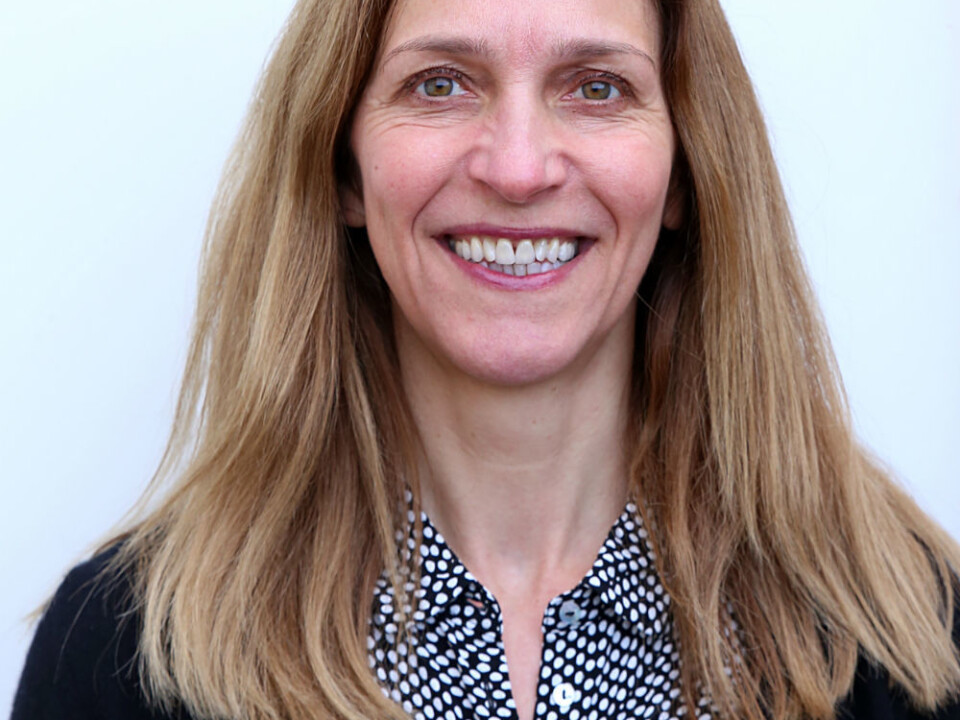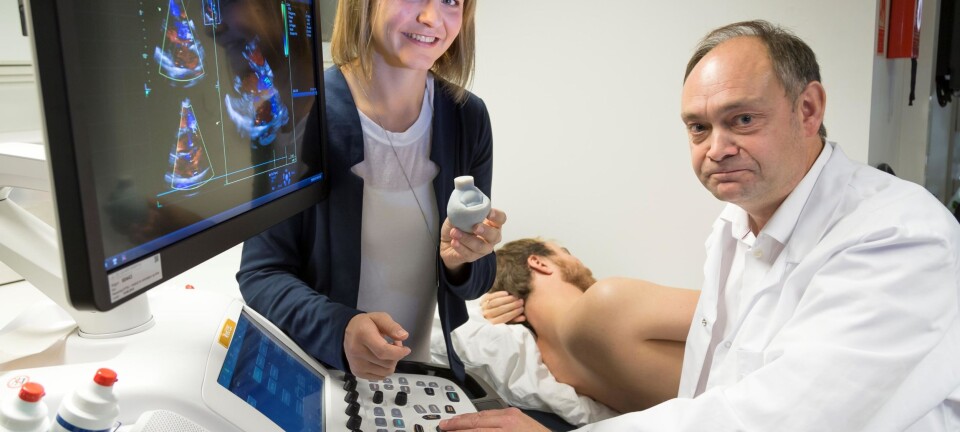This article was produced and financed by Norwegian centre for E-health research

Technology may be useful for children with disabilities
Researchers asked children and young people with disabilities to test watches and special smartphones. This technology can contribute to an everyday life with more play and entertainment.
Children and teens with disabilities experience major constraints in their daily lives. Some cannot move freely in their surroundings and are dependent oftheir parents or others accompanying them.
Now, something as simple as a watch with GPS and calling function can allow them to explore the world on their own for the first time.
22 children and young people with disabilities in the municipalities Horten and Drammen have tested different mobile health technologies the past year.
The children who were part of he research project have disorders like ADD, autism spectrum, cerebral palsy, Down syndrome and Asperger syndrome, the researchers inform.

Each child was given technological tools she can benefit from, based on the challenges she faces in her daily life. Some need help with language and communication, while others need help in structuring their everyday life activities, or simply remembering belongings and appointments.
In the project, this mostly involves the use of smartphones and tablets with apps. Examples of such are calendar functions, alert systems for tasks, navigation systems and social communication tools.
In total, ten different technologies and software were tested.
Researchers Marianne Trondsen and Undine Knarvik from the Norwegian Centre for E-health Research have followed the testing projects in order to document the experiences of each family, and to draw possible conclusions.

They have then carried out thorough interviews with 19 parents.
Become more independent
"Much of what these families have experienced for the very first time through this technology testing are things all the rest of us take for granted. Several children who had previously had no opportunity to do things on their own have become more independent, others have achieved a better overview, communicate more actively, are more confident and more social," explains Trondsen.
They see that technology can contribute to a more normalised everyday life, and that it can inspire exploration, play and entertainment.
Parents say:
"I almost feel that more has happened since we started with the communication tool than it has throughout her whole life."
"He has been to visit a friend on his own. I have dropped him off at the door, and then he has gone in by himself, and called when he wants to be picked up. It has been great!"
"He has started sending me messages on the phone. That is quite amazing for us. It's like Christmas Eve!"
Children are digitally competent
The research question in this project concerns whether welfare technology can help children and young people with disabilities to experience that they participate and master more in recreational activities. At the same time, the researchers have assessed how the technology affects the individual's rehabilitation or habilitation process.
"Independence, social participation and developing own skills are important for all human beings, and perhaps especially for this group," says Trondsen.
A total of ten different technologies were tested in the project. They can be divided into four different areas:
- Language and communication
- Time, planning and structure
- Location
- Interaction
It turns out that welfare technology is well suited for children and young people with disabilities, since they are especially motivated, and already have good digital skills.
"In this study, we were able to confirm how easily the children took to the technology, and many used it to learn in other areas and other ways than what was originally intended," says Knarvik.
"For instance, predictability and structure tools were an opportunity for more language training. Several of them also found it important to finally have the opportunity to sit with their nose in a phone, just like everyone else," says Knarvik.
"The project gave positive ripple effects for many of them. With better language understanding, their ability to express themselves improved, which contributed to independence, more confidence and social contact," Trondsen adds.
Individual customisation is important
An 11-year-old on a hotel holiday with his family realised that he no longer had to wait for the parents in order to go to the hotel's playroom. He could go ahead on his own.
"I have the watch, you know, mom," he argued.
Before getting his watch, the boy would soon feel insecure without people he knew nearby, and could also easily get lost. Lack of language skills could make it difficult for him to get help from others. However, via GPS in the watch he was wearing, the parents could see where the boy was all along, and could get verbal contact with him when necessary.
Another family is grateful if their son, with the help of GPS technology, can be on his own in the garden:
"Many take for granted that the children can play in the street. This is not the case for us. But if he can play on his own in the garden, that's fantastic."
"It has been a revelation to us that the small things are so big for these technology users. This is also an important point in our report. One should see the importance of small steps and constantly place the child in the centre, and sees what progress is for each individual," emphasises Trondsen.
We must take into account the age, needs and interests
For the technology to help children with disabilities, the child must be in the centre. This means that when parents and healthcare professionals choose technology, they must consider the age and needs as well as interests.
The use must be meaningful and attractive, and the technology design must avoid being stigmatising, for instance with large alarm buttons originally intended for the elderly. Technology designed for the elderly is often ill suited for children who engage in a lot of activity. For instance, alarm buttons can unintentionally be triggered off in play involving a lot of motion.
Furthermore, the researchers point out that the technology should promote motivation, participation and collaboration amongst the carers. Those involved must get good training and follow-up in line with the needs and competence of the child and parents, and testing should take place with a long-term perspective.
It did not work for everyone
Although the researchers heard many success stories along the way, there were also families who had had limited use of the technology in question.
The researchers conclude that a number of conditions must be met at the technological and organisational as well as the social and individual levels in order for a user to achieve the best possible benefit from welfare technology solutions. One must choose the right technology, organise the use and training and request the professional environment around the user to be an active participant. At the same time, there may be circumstances around the family that make them extra vulnerable or extra motivated for the use of technology. Very many factors are brought into play.
"In addition, there must be a good interaction between these areas. Challenges the families experienced were, for instance, that the technology did not meet the needs, that the organisation around those who were to help making use of the tool, or training, was insufficient," explains Trondsen.
The researchers point out that the use of welfare technology for children and young people with disabilities should continue to be part of a national priority area.
"The field is still unexplored, and will benefit from knowledge generation on multiple levels, both technology development, testing in practice, evaluation and research," they write.
This research has been carried out in collaboration with the Norwegian Directorate of eHealth and the “National Welfare Technology Program” in the Norwegian Directorate of Health.































